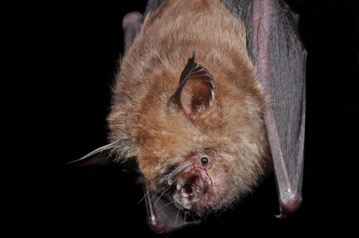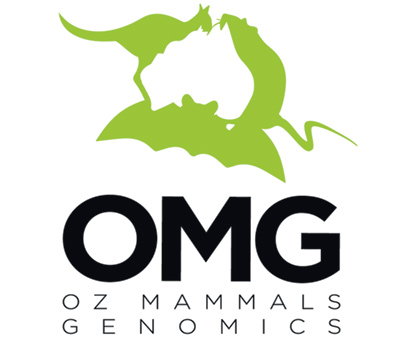Bat phylogenomics
This project uses exon capture and next-generation DNA sequencing to generate genome-scale sequence data from all bat species native to the Australo-Papuan region.

There are around 160 species of bat in nine families described from the Australian continent (c. 82 spp.), and the island of New Guinea and its smaller surrounding islands (c. 104 spp.). There are only 25 species in common between Australia and New Guinea.
We are using genome-wide exon capture sequencing to build upon hypotheses of the origins and evolutionary radiations of various bat groups generated from Australia’s rich fossil record, particularly those from Riversleigh in north-western Queensland. Some groups of bats radiated either in or close to northern Australia in the Tertiary, and others possibly represent more direct dispersals to New Guinea and Australia from Asia.
We are investigating the timing of entry into Australia of various groups, particularly those with close relatives in the Asian region (fruit bats Pteropodidae; bent-winged bats Miniopteridae; horseshoe bats Rhinolophidae; some of the Vespertilionidae).
We are also interested in the association of Australia’s changing archaic landscape and climate with the timing of diversification of certain older groups that have a probable origin within Australia, e.g. Vespertilionidae—Chalinolobus, Scotorepens, Vespadalus; Molossidae—Ozimops; or that originated in other parts of the world in the early Tertiary, e.g. Taphozous.
Well-resolved phylogenomic relationships also will provide genetic evidence for recognising several putative new species of bat that are yet to be described. In addition, genetic distance amongst species will be used to predict how climate-induced range-shifts might impact the future distribution of species and Phylogenetic Diversity. A more intensive conservation genomic study on the threatened Christmas Island flying-fox aims to determine its species status with reference to other related forms on small islands along the western side of Indonesia between Christmas Island and the Andaman Islands.
Project coordinator:
- Kyle Armstrong (University of Adelaide / South Australian Museum)
Project collaborators:
- Terry Bertozzi (South Australian Museum)
